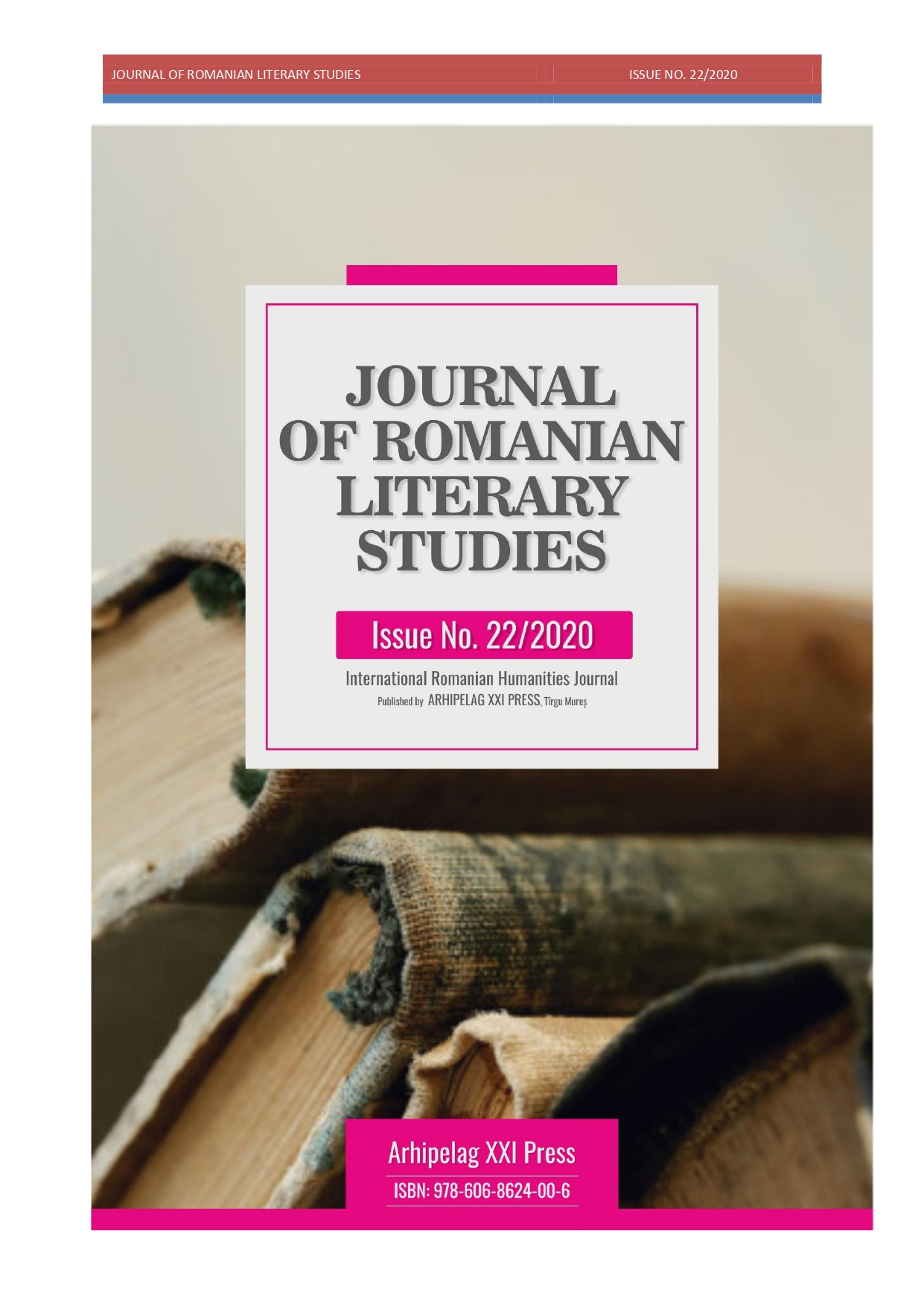ASPECTS OF THE NOVEL IN CÂNTECUL DESTINELOR – THE ART OF STORYTELLING
ASPECTS OF THE NOVEL IN CÂNTECUL DESTINELOR – THE ART OF STORYTELLING
Author(s): Cristian HoagheaSubject(s): Novel, Romanian Literature, Philology, Theory of Literature
Published by: Editura Arhipelag XXI
Keywords: affective memory; narrated time; temporal plan; fantasy space; counterpoint; narration and speech;
Summary/Abstract: A novel is a story. Its primary function is to narrate. In The Song of Destinies by G. M. Zamfirescu, the narrator is a real Scheherazade who skillfully weaves before us a cross-love story. The end remains open. The novel creates a strong emotional impact through the art of storytelling, it remains alive in the emotional memory of the reader. The narrated time is not straight - lined in the Song of Destinies, because the narrator alternately sets the tongues of time back and forth, carrying the reader into a temporal labyrinth. The flow of time is sometimes slow, other times fast, as the rhythm of the story changes. The narrator is placed at the same time in three different temporal planes: the present of the story, the past of the characters and their future. A sign of ubiquity... But beyond the time of events there is also a time of values, and the values are given by the subjective perception of the characters. The space of the story is in the Song of Destinies in appearance a real topos, a geography of late 19th century. The space seems to be a communicating living presence. In addition to the real space of the action, there is also the fantasy space in Doda's story. The space is personified in Zamfirescu's work. It is a living presence that sets conditions for and undermines the characters. They are prisoners in the world of the slum, and the slum itself is a character.
Journal: Journal of Romanian Literary Studies
- Issue Year: 2020
- Issue No: 22
- Page Range: 407-415
- Page Count: 9
- Language: Romanian

